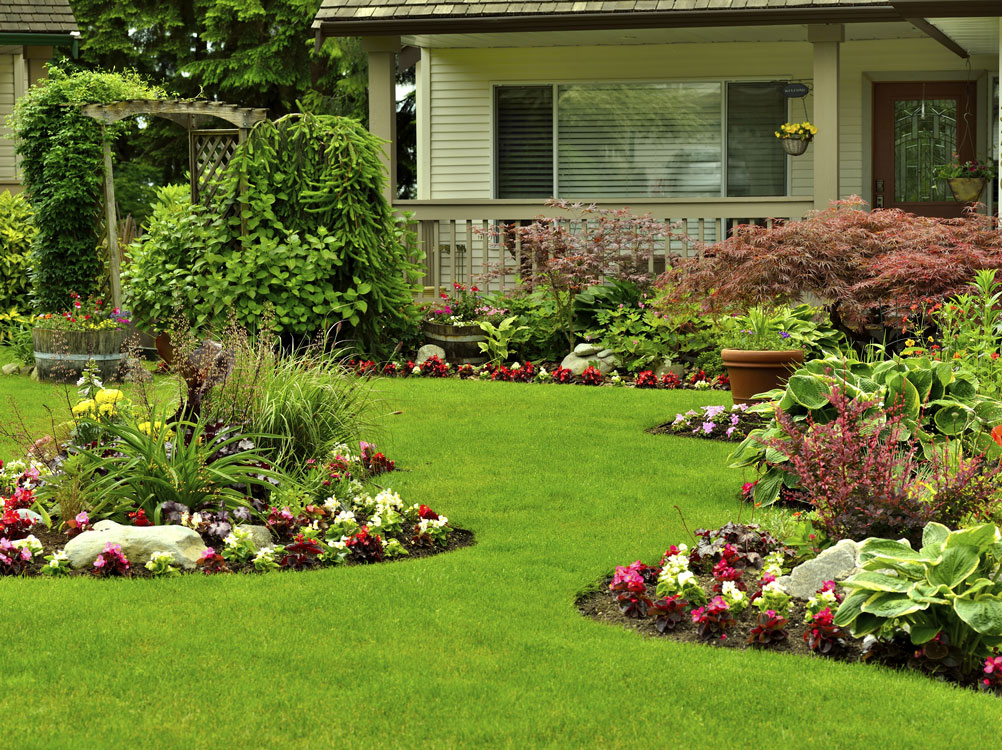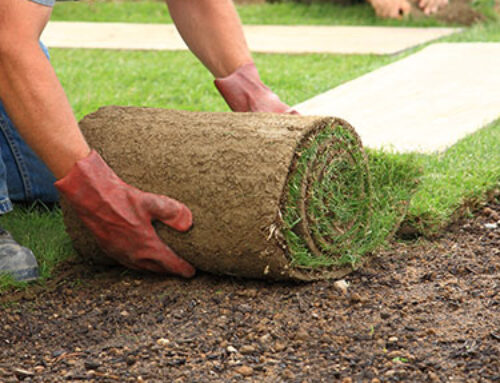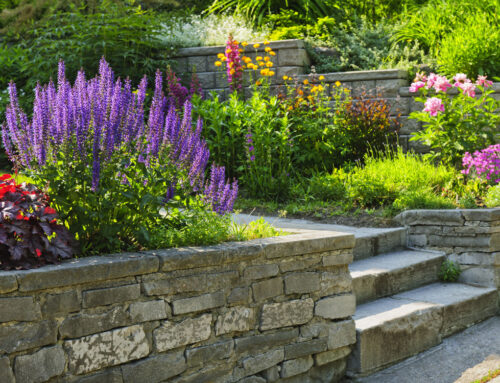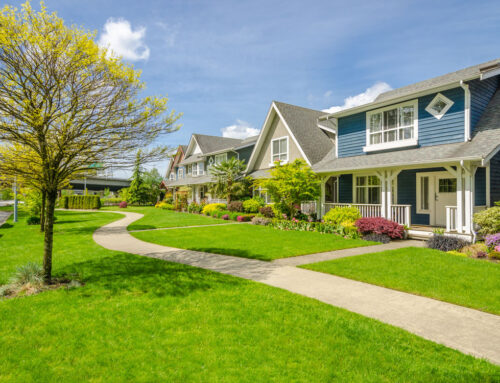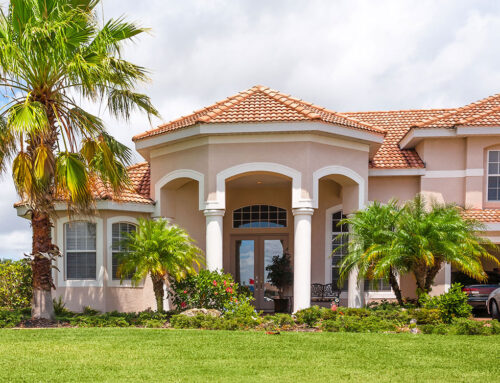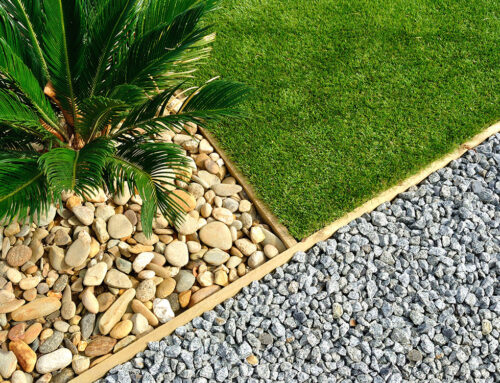Landscape designers use a design process that systematically considers all aspects of the land, the environment, the growing plants, and the needs of the user to ensure a visually pleasing, functional, and ecologically healthy design.
The process begins by determining the needs and desires of the user and the conditions of the site. With this information, the designer then organizes the plants and hardscape materials, which are collectively referred to as the features.
Design principles guide designers in organizing elements for a visually pleasing landscape. All of the principles are related, and applying one principle helps achieve the others. Physical and psychological comfort are two important concepts in design that are achieved through use of these principles. People feel more psychologically comfortable in a landscape that has order and repetition. Organized landscapes with predictable patterns (signs of human care) are easier to “read” and tend to make people feel at ease.
How do you know if a design you like will work in your yard?
Compare the architectural style of houses and try to find similarities between your house and the sample house. Study the hardscape materials in the sample design. Do the same colors and materials work with your house? If necessary, what substitutions could you use and still retain the desired look? Imagine your house with the same or similar plant materials—remember that the plants can be arranged differently to fit the dimensions of your yard.
Next, look at the shape and size of the footprint (outline) of your house in relation to your lot size and shape. For this you will need an official boundary survey that shows the exact footprint, with dimensions, and it’s location within the property boundaries. This will tell you if you have room for the features you desire and where those features can be located. Pay particular attention to the shape of the spaces or voids between your house and the property lines. These are the areas where your features will be located and will help determine the potential form or shape for those features. For example, a rectangular yard may look best with rectangular shapes in the hardscape. The shape of the house will also provide clues as to the type of shape you should use in the yard. If the house has diagonal walls or hexagon shapes, this could inspire a diagonal or hexagon shape in the landscape. Designers will often draw lines on the plan that extend from the house edges or corners to the property lines.
For a professional residential or commercial landscaping estimate, or landscaping services or maintenance in St Johns County, Julington Creek Plantation, Durbin Creek, Nocatee. and surrounding communities, call or contact us today.
The preceding information provided for informational purposes. Experts courtesy of: UF/IFAS. “Basic Principles of Landscape Design; Gail Hansen”; Photo courtesy flikr®; firepile
